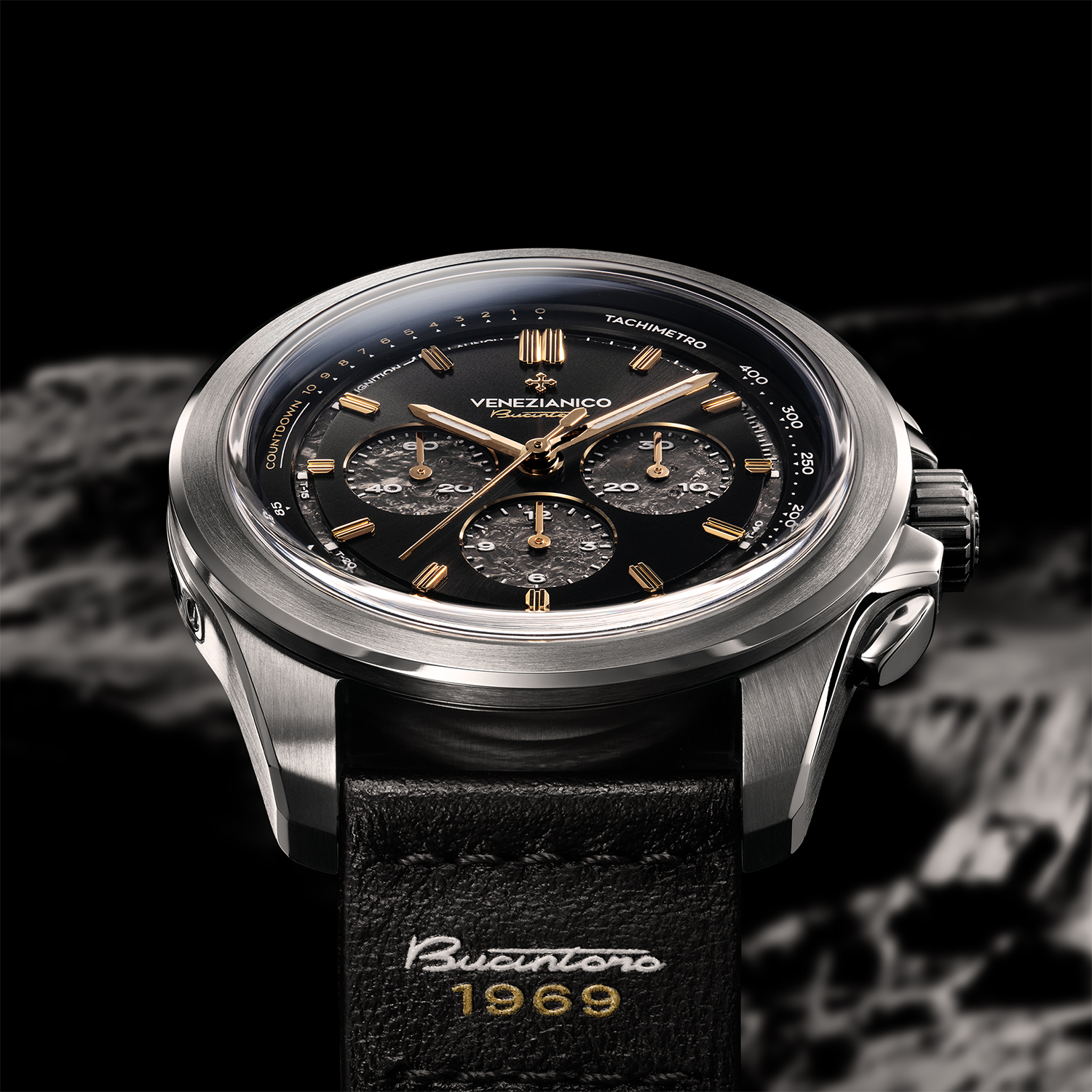
VENEZIANICO lancia il BUCINTORO 1969 con movimento Lemania 1873
Il cronografo, tributo all’allunaggio dell’Apollo 11, è un’edizione limitata a soli 69 esemplari
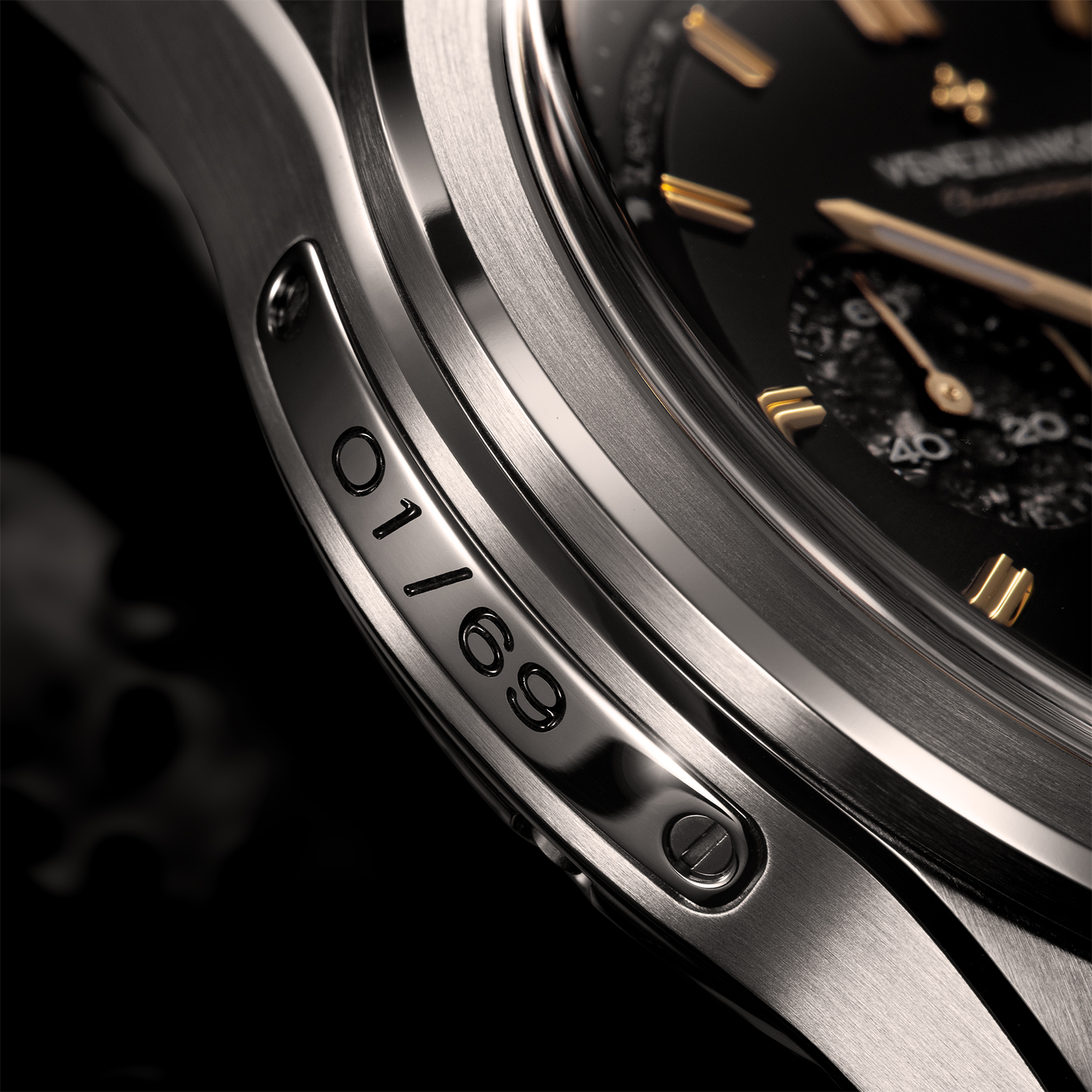
Il tempo di Venezianico fa un passo indietro fino al 1969 per celebrare l’evento che segnò la storia dell’esplorazione, l’allunaggio dell’Apollo 11 con a bordo il comandante Neil Armstrong e Buzz Aldrin e, in memoria di quell’anno, lancia un’edizione di 69 pezzi, il cronografo Bucintoro 1969 impreziosito dal movimento Lemania 1873, icona dell’orologeria svizzera degli anni ’70 che all’epoca scandì i secondi sul polso degli equipaggi: frequenza di oscillazione del bilanciere di 21.600 alternanze all’ora e una riserva di carica di circa 40 ore.
A caratterizzarlo entrano in gioco il quadrante nero multilivello con finitura soleil, gli indici a forma di lingotto e le lancette in color dorati, un omaggio ai rivestimenti metallici d’oro spesso utilizzati nelle missioni spaziali, e il cristallo zaffiro a doppia curvatura.
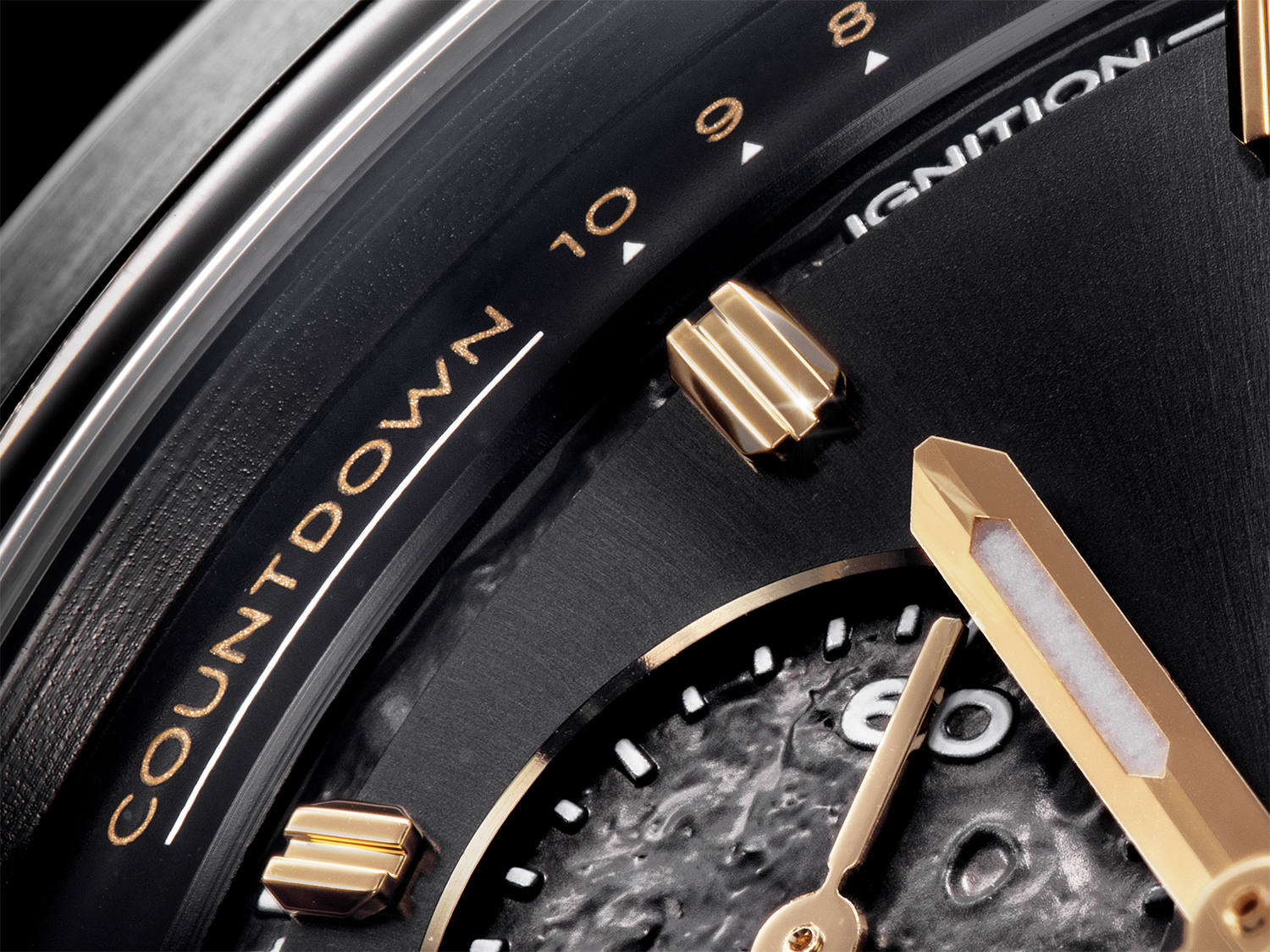
Numerosi riferimenti alla fase di lancio di Cape Canaveral sono presenti sul rehaut interno: una seconda scala tachimetrica con indici che riportano alle fasi del conto alla rovescia del lancio dalla “Preparazione al lancio” a T-60, seguita dal countdown a T-10, l’“Accensione Motori” a T-5, e il “Lancio” al termine del countdown. Dopo lo zero, il cronografo misura la velocità tramite il tachimetro, mentre il pulsante “Reset” azzera il cronografo e lo prepara per una nuova sequenza. Inoltre, il rehaut relativo alle fasi di lancio e i tre contatori del cronografo, anch’essi bordati di una sottile linea color oro a contrasto, vantano un pattern, realizzato con stampante 3D, che ricorda volutamente la superficie lunare con i suoi crateri e del tipico colore grigio scuro della regolite. Sulla cassa, accanto al proteggi corona, sono posizionati i pulsanti per attivare e resettare la funzione cronografo, mentre alle ore 8 una placca in acciaio riporta il numero seriale di ogni modello.
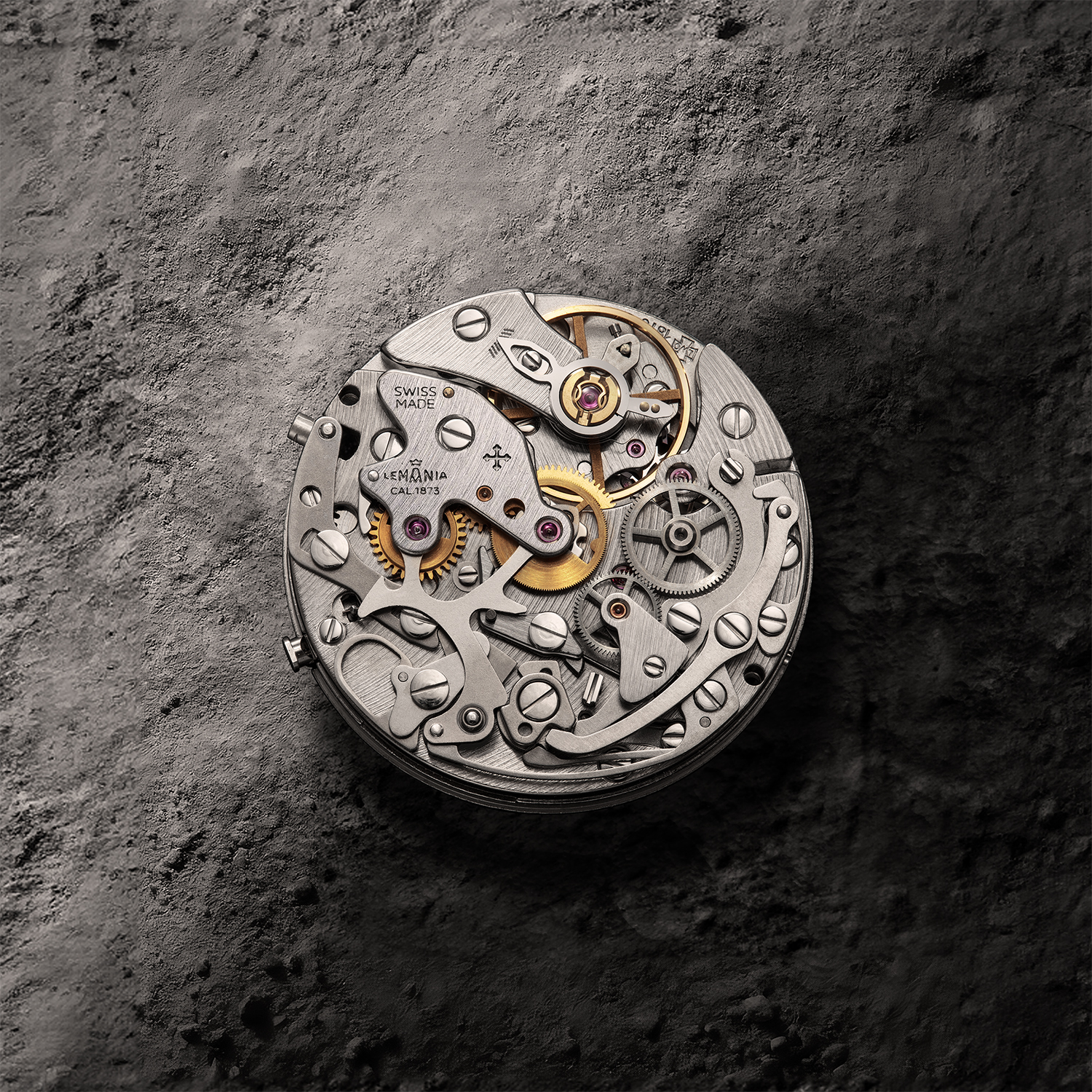
Il fondello in vetro zaffiro, che permette una visione integrale del movimento personalizzato da Venezianico, è fissato alla cassa mediante otto viti e assicura un’ impermeabilità fino a 100 metri ed è arricchito da una serigrafia che commemora il 20 luglio 1969 alle 20:17:40 UTC.
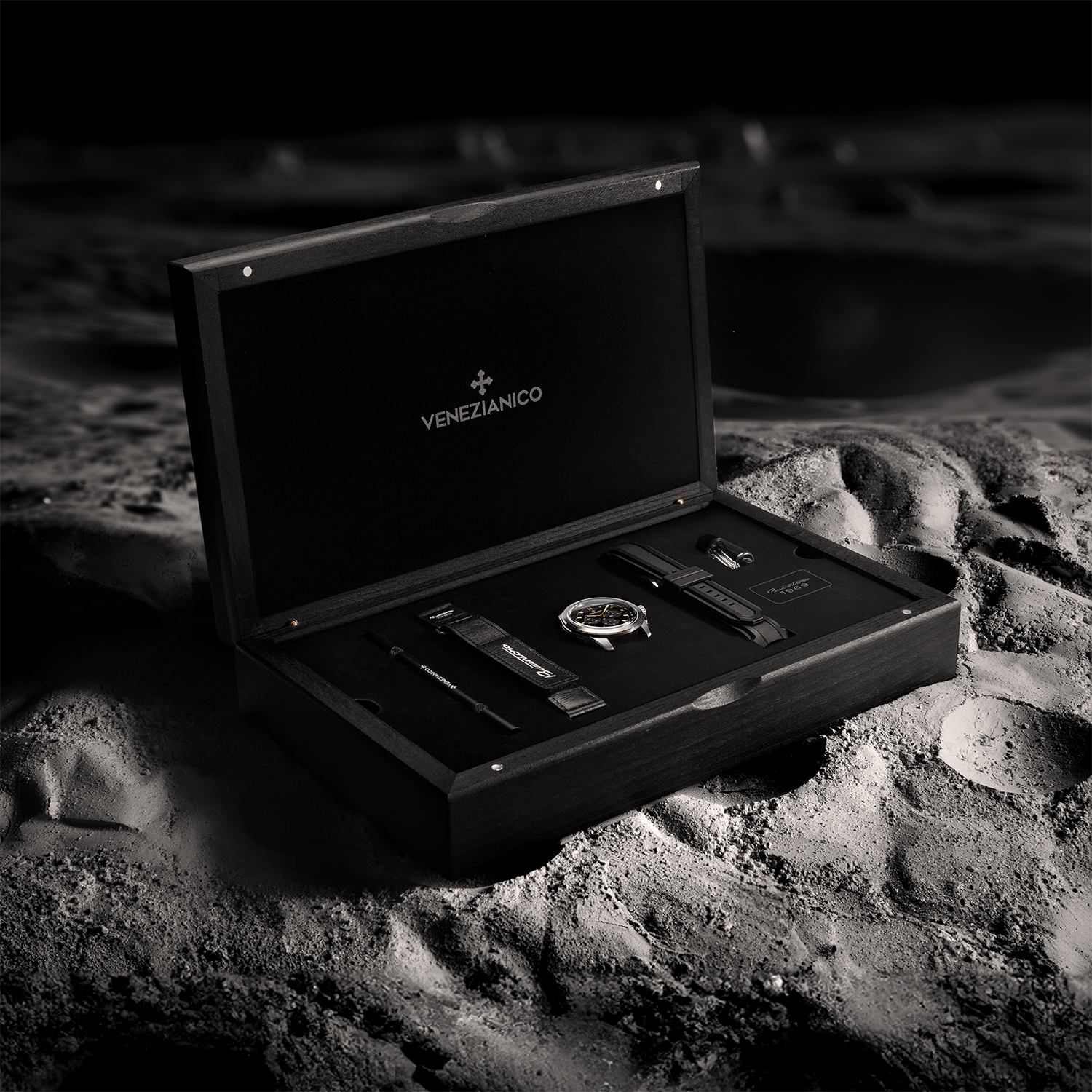
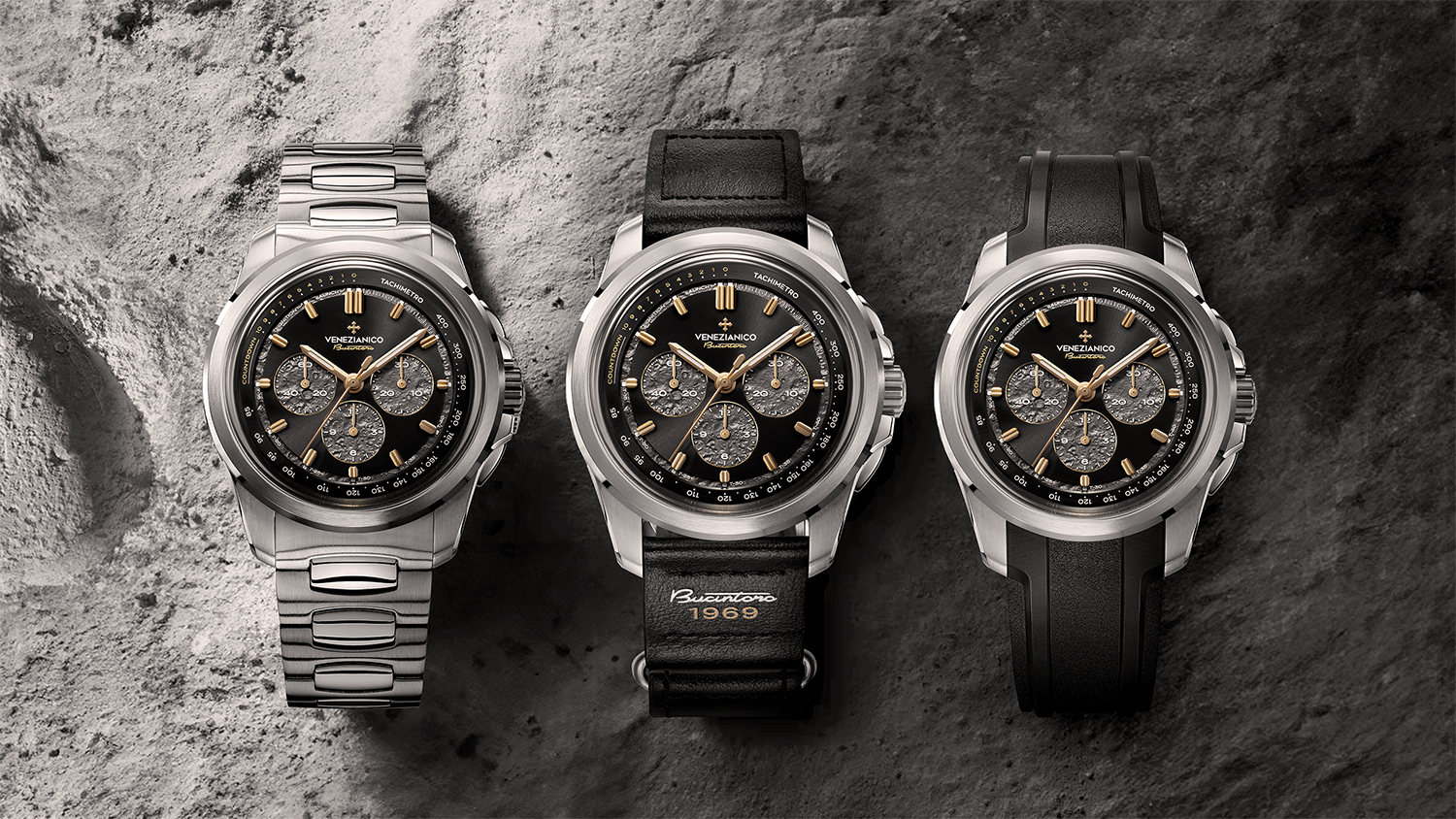
L’astuccio è in legno di noce, realizzato a mano sempre nelle “Venezie”, e presenta due livelli: il primo ospita l’orologio, due cinturini di colore nero, uno in pelle con sistema di chiusura in velcro ispirato alle tute aereospaziali, e uno in gomma, gli strumenti necessari per la loro sostituzione,nel secondo livello custodisce l’iconico bracciale Canova.
Cassa in acciaio 316L di Ø42 mm
Distanza da ansa ad ansa 49.00 mm
Spessore 11.70mm (vetro escluso)
Vetro in zaffiro bombato di 1.90mm con antiriflesso
Movimento Lemania 1873, Swiss Made
Funzioni: cronografo, reset
Pigmento luminescente BGW9 Super-LumiNova®
Lunetta in acciaio 316L
Resistenza a 10ATM (= 100mt)
Cinturini in pelle con chiusura in velcro, in gomma, e bracciale Canova in acciaio
VENEZIANICO launches the 1969 BUCINTORO.
The chronograph, a tribute to the Apollo 11 moon landing, is a limited edition of only 69 pieces
Venezianico time steps back to 1969 to celebrate the event that marked the history of exploration, the Apollo 11 moon landing with Commander Neil Armstrong and Buzz Aldrin on board, and, in memory of that year, launches a 69-piece edition, the Bucintoro 1969 chronograph embellished with the Lemania 1873 movement, an icon of 1970s Swiss watchmaking that at the time struck the seconds on the crews’ wrists: balance oscillation frequency of 21. 600 vibrations per hour and a power reserve of about 40 hours.
The multilevel black dial with a soleil finish, ingot-shaped hour markers and gold-colored hands, a tribute to the gold metal coatings often used in space missions, and a double-curved sapphire crystal come into play.
Numerous references to the Cape Canaveral launch phase can be found on the inner flange: a second tachymetric scale with indices showing the phases of the launch countdown from “Preparation for Launch” to T-60, followed by the countdown at T-10, the “Engines Ignition” at T-5, and the “Launch” at the end of the countdown. After zero, the chronograph measures speed via the tachometer, while the “Reset” button resets the chronograph to zero and prepares it for a new sequence.
In addition, the flange relating to the launch phases and the three chronograph counters, also bordered with a thin contrasting gold-colored line, boast a pattern, made with a 3D printer, deliberately reminiscent of the lunar surface with its craters and of the typical dark gray color of regolith.
On the case, next to the crown protector, are pushers for activating and resetting the chronograph function, while at 8 o’clock a steel plaque shows the serial number of each model.
The sapphire crystal case back, which allows an integral view of the Venetian-customized movement, is attached to the case by eight screws and ensures ‘water resistance to 100 meters and is embellished with a silkscreen print commemorating July 20, 1969 at 20:17:40 UTC.
The case is made of walnut wood, handcrafted always in the “Venezie,” and has two levels: the first houses the watch, two black straps, one in leather with a Velcro closure system inspired by aerospace suits, and one in rubber, the tools necessary for their replacement,in the second level holds the iconic Canova bracelet.
316L steel case of Ø42 mm, distance from lug to lug 49.00 mm Thickness 11.70mm (excluding glass) 1.90mm domed, sapphire crystal with anti-reflective coating, Movement Lemania 1873, Swiss Made Functions: Chronograph, reset BGW9 Super-LumiNova® luminescent pigment 316L steel bezel, Resistance to 10ATM (= 100mt), Leather straps with velcro closure, rubber, and steel Canova bracelet.

POST COMMENT
Devi essere connesso per inviare un commento.